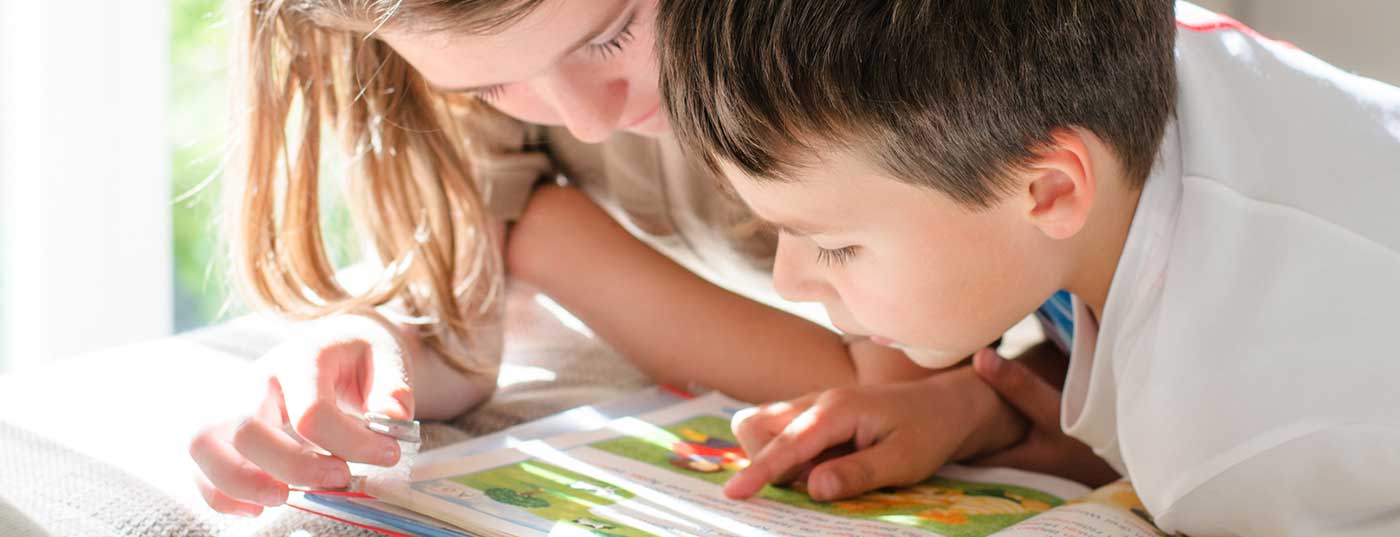In an empirical study, positive effects of high-dose combination treatment were demonstrated in elementary school students who did not fully meet the criteria for an ADHD diagnosis but who nevertheless suffered from attention and concentration deficits.
Behavioral problems in the form of hyperactivity, impulsivity, and attention problems are common in elementary school-aged children and can have negative effects on the school and family context as well as in other social settings. These deficits in self-regulation and impulse control are usually a neurobiological developmental disorder. When high in the above dimensions, students receive a diagnosis of attention deficit/hyperactivity disorder (ADD/ADHD) [1]. More often, however, only a single symptom or a symptom combination of milder or fluctuating intensity is present that does not meet the criteria for ADHD diagnosis according to DSM or ICD-10. These are then referred to as subsyndromal ADHD symptoms. In these cases, prescription ADHD medications are not approved, but the level of distress may become so high that medical support is still sought.
Positive effects of off-label use on hyperactivity and attention.
A combination of the herbal extracts of valerian WS® 1014 and lemon balm WS® 1303 was shown to be effective and well tolerated in a study in children under 12 years of age suffering from restlessness and insomnia [2]. In a later observational study by Gromball et al. positive effects of the combination drug on attention, hyperactivity and impulsivity were also shown [3]. To this end, the effects of a high-dose extract combination* of valerian WS® 1014 and lemon balm WS® 1303 on a wide range of symptoms and everyday situations were studied in 169 elementary school children with hyperactivity, attention and concentration deficits who did not meet the criteria for an ADHD diagnosis. To assess efficacy, the behavior of elementary school children was evaluated at baseline and at weeks 2 and 7 by parents and 27 pediatricians [3]. The pediatricians’ assessment revealed the following: After a treatment period of seven weeks, significant improvement in all symptoms was noted (attention skills, impulsivity, hyperactivity, social behavior, morning sleepiness, and sleep disturbance) [3]. Parental assessment after the same treatment period showed that both social behavior, sleep, and executive functions improved highly significantly [3]. Regarding safety and tolerability, mild transient side effects were observed only in two children, and a causal relationship with the herbal preparation was considered unlikely in both cases [3].
* The recommended daily dosage of 640 mg was used
Summary
In elementary school children with a subsyndromal ADHD problem, a high-dose combination of valerian WS® 1014 and lemon balm WS® 1303 [4] has been shown to be an effective adjunct to educational and psychological interventions. Empirical studies have demonstrated positive effects on restlessness and insomnia as well as improvements in executive control (attentiveness, impulsivity, hyperactivity) [2,3]. Thus, an off-label treatment option is also available for children who do not fully meet ADHD diagnostic criteria. The herbal combination preparation is easy to use and well tolerated.
Source: Schwabe Pharma
Literature:
- ADAPT: Working Group on the federation of persons with ADHD: DSM diagnostic criteria, http://adapt.at/dsm-v
- Müller SF, Klement S: A combination of valerian and lemon balm is effective in the treatment of restlessness and dyssomnia in children. Phytomedicine 2006; 13(6): 383-387.
- Gromball J, et al: Hyperactivity, concentration difficulties and impulsiveness improve during seven weeks’ treatment with valerian root and lemon balm extracts in primary school children. Phytomedicine 2014; 21(8-9): 1098-1103.
- Technical information Dormiplant®, www.swissmedicinfo.ch
GP PRACTICE 2020; 15(8): 29











